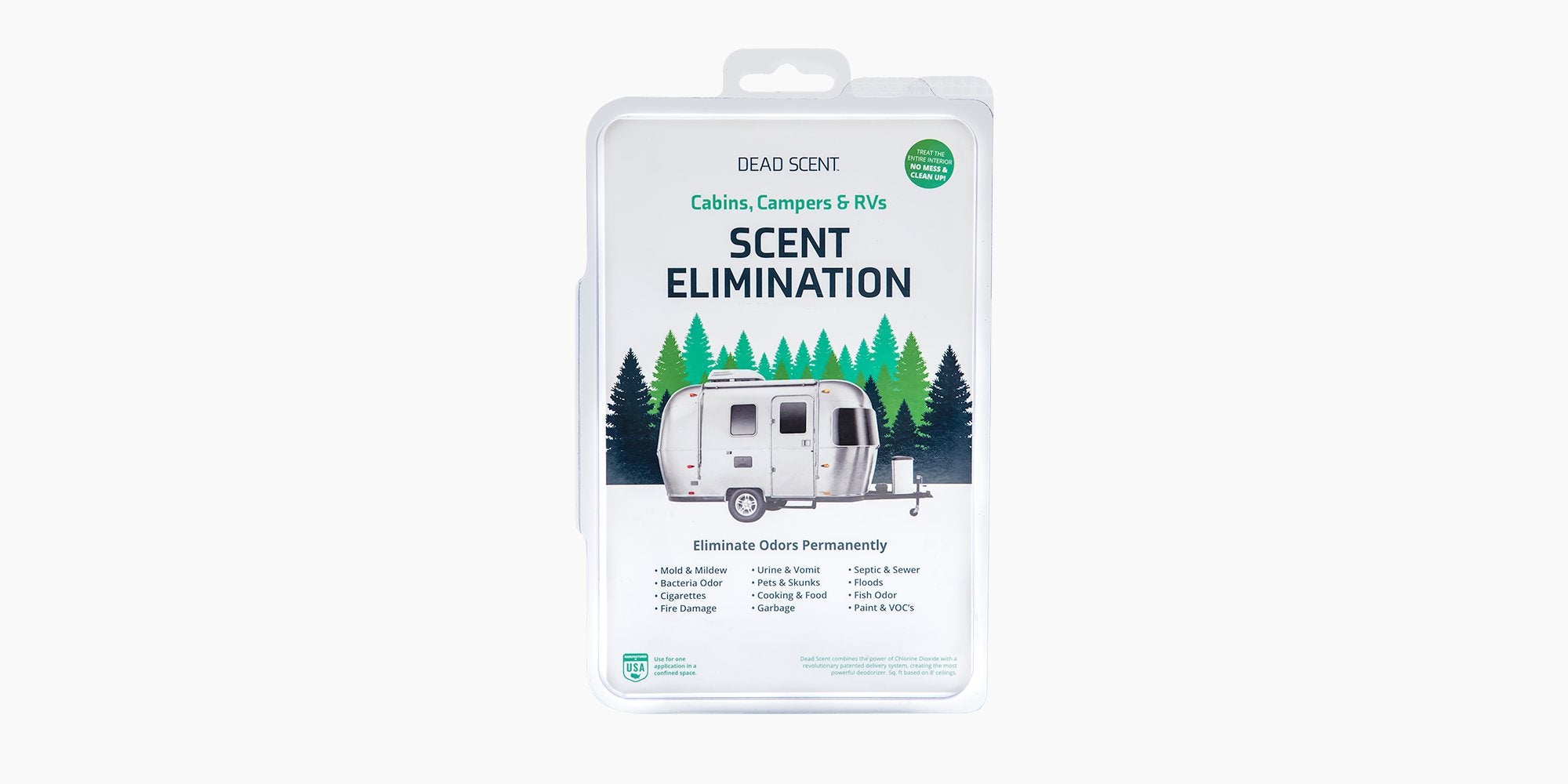As I sat in my tree stand enjoying the time in the woods I kept scanning all the possible corridors the deer might come from. The usual things were happening. The birds were flicking from branch to branch and the squirrels were doing their best ‘deer walking through the woods’ impressions. It was all good as it kept me on my toes.
While hunting pressures continue to mount in different regions, I have to say that in New England it takes a higher level of engagement to gain the edge on these educated deer. I say educated deer, because there are a lot of hunters in the woods.
Being that the weather has been a bit wonky, the deer movement and normal rut behavior have been off. Then the blue jays started screeching in the distance. I decided to try a grunt call. I let off a couple grunts and a minute later I heard what sounded like a reply, but I couldn’t be sure. I called back just in case and then sat quiet. Without the rustle of a leaf or the snap of a twig I caught some movement out of my left eye. There, coming off the ridge were several deer. Oddly enough the Buck in the group was taking the lead. This was a big indicator to me that the rut was not up and running like some predictions and indicators had forecast. Behind the buck were the does, just meandering along without a care in the world. As the wind kept shifting I had my usual concerns that my position would be given away. But today I had used Dead Scent on my gear. I was field testing this product to see if the claims stood up to real hunting situations. I was pleasantly impressed. Here’s why.
The buck stopped atop an outcrop approximately 100 yards away and he nibbled at some undergrowth. The does decided to come in closer, and one in particular made her way to around 40 yards downwind. As I sat there wondering what would happen, I remained motionless as she stared in my direction. She raised her head and sniffed the wind. I was waiting to see what happened next. Instead of what has happened in past seasons, where the calm expression of the deer changes to one of alert, and they take off with their tails in the air crashing through the woods, this time the story was completely different. Proper scent control was being used and I was not being detected. At that point I became a firm believer in this fact: Dead Scent Works!
This doe gave up sniffing the wind, she never became alerted, and simply enjoyed feeding on some undergrowth. It took several minutes for her to finally head off in the same direction as the rest of the deer but the whole time, this group of deer were not alerted to my position by the wind. Yes my clothes did have an odor, but the Dead Scent system eliminated any game deterring odors and replaced them with the smell of refined sodium. I figured out that this deer, while she did stop and sniff something, that something was not a threating smell, it was an inviting one.
While hunting pressures continue to mount in different regions, I have to say that in New England it takes a higher level of engagement to gain the edge on these educated deer. I say educated deer, because there are a lot of hunters in the woods. This unfortunately means higher foot traffic, varying hunting styles, and varying hunting disciplines. Due to these factors the deer have become conditioned, or we could say educated, to be especially tuned into their surroundings. A deer’s sense of smell is their primary way of determine whether they can relax and remain in an area or if they need to high-tail it outta there. Thanks to Dead Scent I feel I’ve gained the edge in this regions hunting scene. Give it a try and you’ll become a believer.












